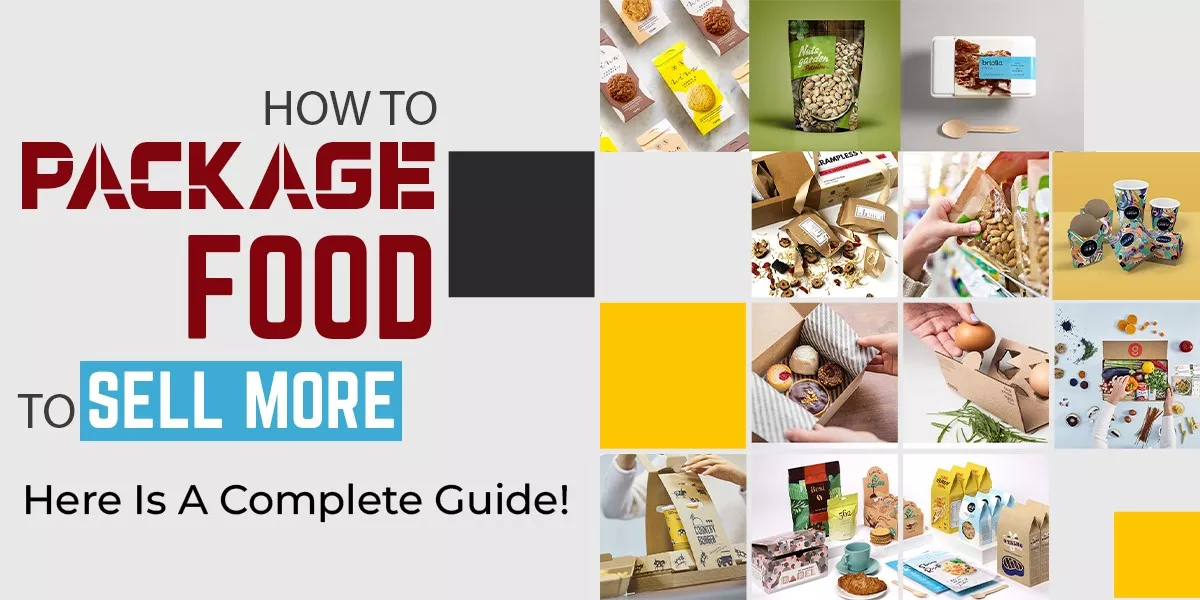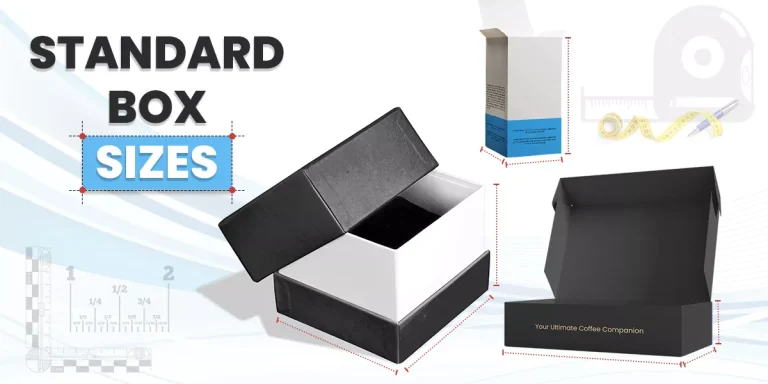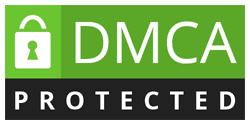Every food brand wants to boost its food sales and attract more customers. One effective way to achieve this is by packaging their food products convincingly. Yes, in this competitive food industry, product packaging plays an important role in grabbing attention. In fact, the packaging is the one that drives customers’ purchase decisions. So, if you are a food brand owner, you must know how to package food to sell more. Well then, here is a complete guide for you!
Why Do We Need Packaging for Food Businesses?
Proper packaging of food is an aspect that every single food business should focus on. In fact, packaging your food items properly before selling them is highly important.
Have a look at the reasons below!
Food Safety
Packaging serves as a protective barrier between your product and outside contaminants. Consequently, proper packaging ensures that your food remains hygienic for consumption.
Extended Shelf Life
Effective packaging preserves the freshness and quality of your food product. Besides, it minimizes exposure to factors like air, moisture, and light. Well, we know that these factors can quicken food spoilage.
In the end, proper packaging works well in maintaining the food’s integrity. Far better, suitable packaging helps extend its shelf life. Additionally, it increases the product’s availability to customers.
Product Presentation
Exclusive packaging will help you enhance the visual appeal of your product. Even better, it makes your food more enticing to potential customers. Yes, we know that eye-catching designs, vibrant colors, and appealing images can attract attention easily. Plus, don’t forget that your packaging can convey the product’s quality and value.
Branding and Differentiation
Packaging provides an opportunity to showcase your brand’s identity. Accordingly, it creates a unique brand presence in the market.
Plus, it allows you to communicate details such as:
- Your brand values
- An interesting brand story
- Unique selling points
Simply put creative designs and branding elements help you differentiate your products. As a result, it will help you build brand recognition. In the end, you can shape strong loyalty among customers.
Information and Transparency
Yes, you can include labels on the packaging that provide essential product information. For instance, you can provide ingredients, nutritional facts, and any special instructions. As a result, this accurate labeling will build trust with customers.
Regulatory Compliance
Proper packaging of foodstuffs ensures compliance with regulatory requirements. Most importantly, it helps you maintain the food safety standards.
Transportation and Handling
Durable packaging will protect your product during transportation and handling. In fact, it will prevent damage, breakage, or contamination. Hence, ensuring that your edibles reach customers in optimal condition.
How to Package a Food Product Attractively?
Packing your food product attractively is a MUST thing to do to win the market. Remember that customers would check out the outer appearance first. Then, they will decide the quality of your product inside. To make things easier for you, below are some tips you should try!
Understand Your Target Audience
Before you start packaging your food products, you must understand your target audience. Here, you must research their preferences, demographics, and purchasing behaviors. This knowledge will enable you to design packaging that appeals to their needs.
Create Eye-Catching Designs
Eye-catching visual appeal is key when it comes to food packaging. So, make sure you showcase your food product in the best possible light.
Use Clear and Informative Labels
Ensure your custom food packaging includes clear labels that provide relevant information. Remember that clear labels can build confidence in customers. Better yet, the labels you provide assure them about the quality of your product.
Optimize Packaging for Convenience
Convenience is a significant factor in today’s fast-paced world. This is why you should design your packaging to be user-friendly. Make sure that it will be easy to open, close, and store customers. Additionally, you can consider resealable options to maintain freshness. With the right option, you can extend the shelf life of your products. Remember, convenient packaging enhances the overall customer experience. As a result, it will increase the likelihood of repeat purchases.
Highlight Unique Selling Points
Of course, you must differentiate your food product from the competition. Well, you can do this by highlighting its unique selling points. Whether it’s organic, gluten-free, or made with a special recipe, make sure to display the features. This helps customers quickly identify the benefits of choosing your product over others.
How to Package Food for Sale?
Packing your food product to get higher sales requires you to be more creative in promoting it. This simply means that your packaging should be able to catch every single eye.
Here are some ways to do this!
Create Engaging Storytelling
You can use your food packaging to share the story behind your product. Yes, don’t be afraid to communicate your brand’s values. Or else, you can also describe the inspiration behind your recipe. Engaging storytelling creates an emotional connection with customers. Eventually, this effort will make your product more memorable and desirable.
Use high-quality Product Images
High-quality product images can be powerful in convincing customers. Make sure to include attractive pictures that showcase your product’s freshness and deliciousness. Plus, you can also show images of how you prepare the food attractively. This will surely drive their appetite and cravings.
Leverage Social Media-Friendly Packaging
In today’s digital age, social media plays a significant role in promoting products. This is why you must create packaging that is share-worthy. Don’t forget to encourage customers to share their unboxing experiences. This organic user-generated content can significantly boost your brand’s visibility. Plus, it will surely attract new customers.
How to Package Food for Delivery?
Packaging food for delivery requires extra attention. At this point, you must ensure that the food remains fresh and in optimal condition during transit.
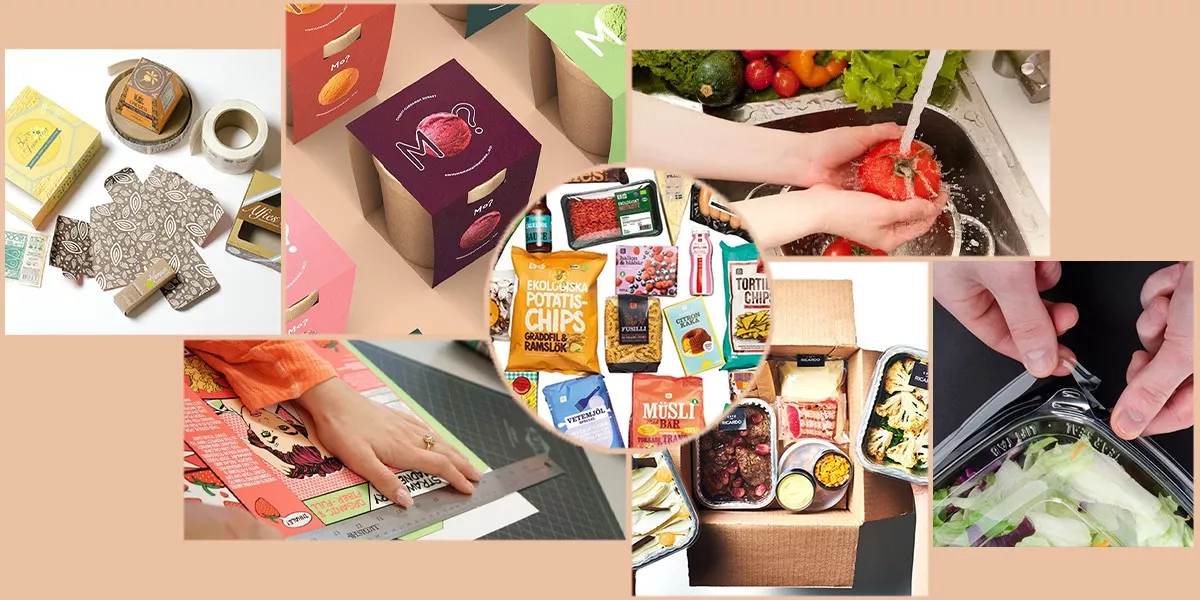
Here’s a step-by-step guide on how to package food for delivery!
Select Suitable Packaging Materials
Choose packaging materials that are sturdy and leak-proof. Additionally, make sure that it can withstand the transportation journey. You can consider using protective containers or bags to maintain the food’s temperature. Don’t forget that you must use food-grade packaging materials.
Maintain Food Safety and Hygiene
Follow strict food safety protocols during the packaging process to prevent contamination. This means that you must ensure that all surfaces and packaging materials are clean.
Optimize Packaging Design
Design the packaging to keep the food secure. Plus, your packaging should also prevent the food from damage during transit. To do this, you can use dividers, inserts, or compartments to separate different food items. This way, you can prevent them from crashing into each other.
Ensure Freshness and Quality
Pack your food as close to the delivery time as possible to maintain freshness. Also, you can consider using packaging techniques such as vacuum sealing. The technique will help you extend the shelf life of your edibles.
Properly Seal the Packaging
You must properly seal all containers, boxes, or bags to prevent any leakage or tampering. You can use proper secure sealing methods such as heat sealing, adhesive tape, or zip-lock closures. Then, double-check the packaging to make sure it is tightly sealed before delivery.
Label the Packaging
Before delivering, you must clearly label the packaging. Make sure to include the customer’s name, address, and contact information. This information will ensure accurate delivery. If there are any specific instructions or allergen information, you must clearly communicate them on the packaging. Most importantly, you must include branding elements and a logo to reinforce your brand identity.
What Are the Popular Types of Packaging for Food Businesses?
When it comes to knowing how to package food, various popular options are available. Yet, you must choose the right option according to your product’s needs and its shelf life. Plus, you must consider the convenience it offers to customers.
Here are some of the popular types of food packaging you can consider!
Flexible Packaging
Flexible packaging is lightweight. However, it offers excellent barrier properties to protect food. This type of packaging is famous for snacks, chips, and candies.
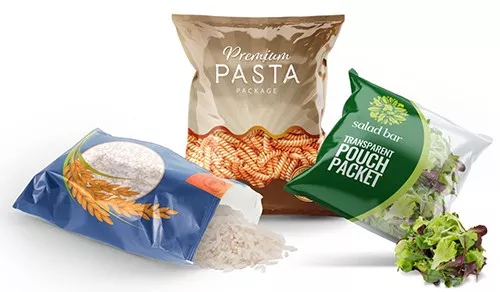
Paperboard and Cardboard Packaging
Paperboard and cardboard are also popular. These packaging options are perfect for dry goods, cereals, bakery items, and frozen food. The materials are lightweight and recyclable. The best part is that they provide a good printing surface for branding. Most importantly, they help in improving product visibility. How?
You can design them with folding features for easy assembly and storage.
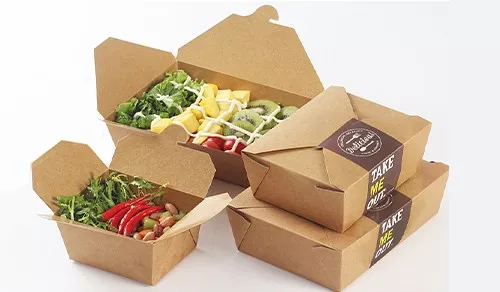
Sustainable Packaging
With the increasing emphasis on sustainability, eco-friendly options become more popular. Sustainable packaging includes materials like biodegradable materials and recycled paper. These packaging types cater to environmentally conscious customers. The best part is that they can also align with your eco-friendly brand values.
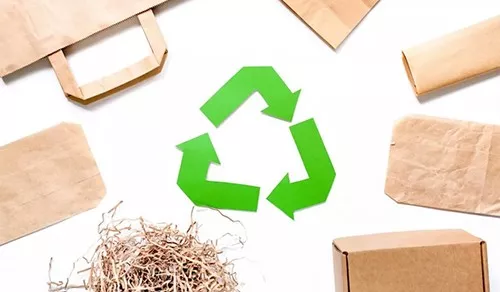
Mylar Bags
Mylar bags involve removing air from the packaging before sealing it. The bags extend the shelf life of products by reducing oxygen levels and preventing spoilage. Another great thing about the bags is that they help to maintain the freshness of the food longer.
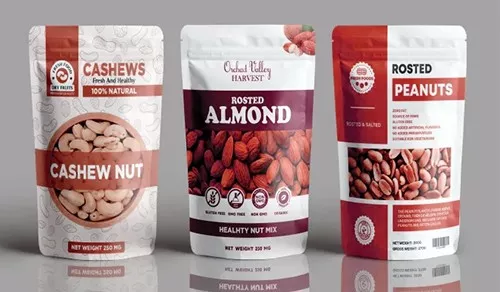
Stand-Up Pouches
Stand-up pouches are a popular type of flexible packaging that stands upright on store shelves. They offer convenience and space efficiency. Most importantly, these pouches are resealable. Plus, they provide excellent branding opportunities with large printable areas.
Those are just a few examples of the popular types of food packaging. Keep in mind that the choice you make should depend on factors such as:
- The nature of your food product
- Your product’s storage requirements
- Customer convenience
- Sustainability considerations
Remember that you should select the type that meets both the functional and branding needs. To find the best packaging, don’t hesitate to ask the experts such as Instant Custom Boxes.
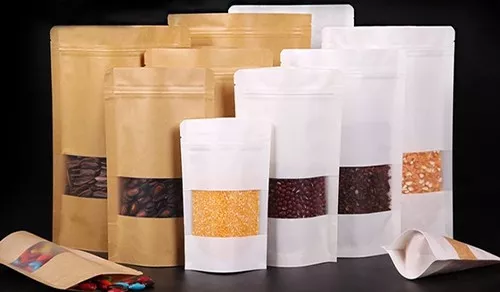
Wrapping Up
Indeed, packaging your food products convincingly is essential for driving sales. By understanding your target audience and creating eye-catching designs, you can enhance the packaging experience. Additionally, you must provide clear information, and optimize the packaging convenience. Remember to highlight unique selling points as well. Plus, be creative with storytelling and leverage social media-friendly packaging. Implement these strategies, and watch your food sales soar!
Read more: New Market Trends For Food Packaging


